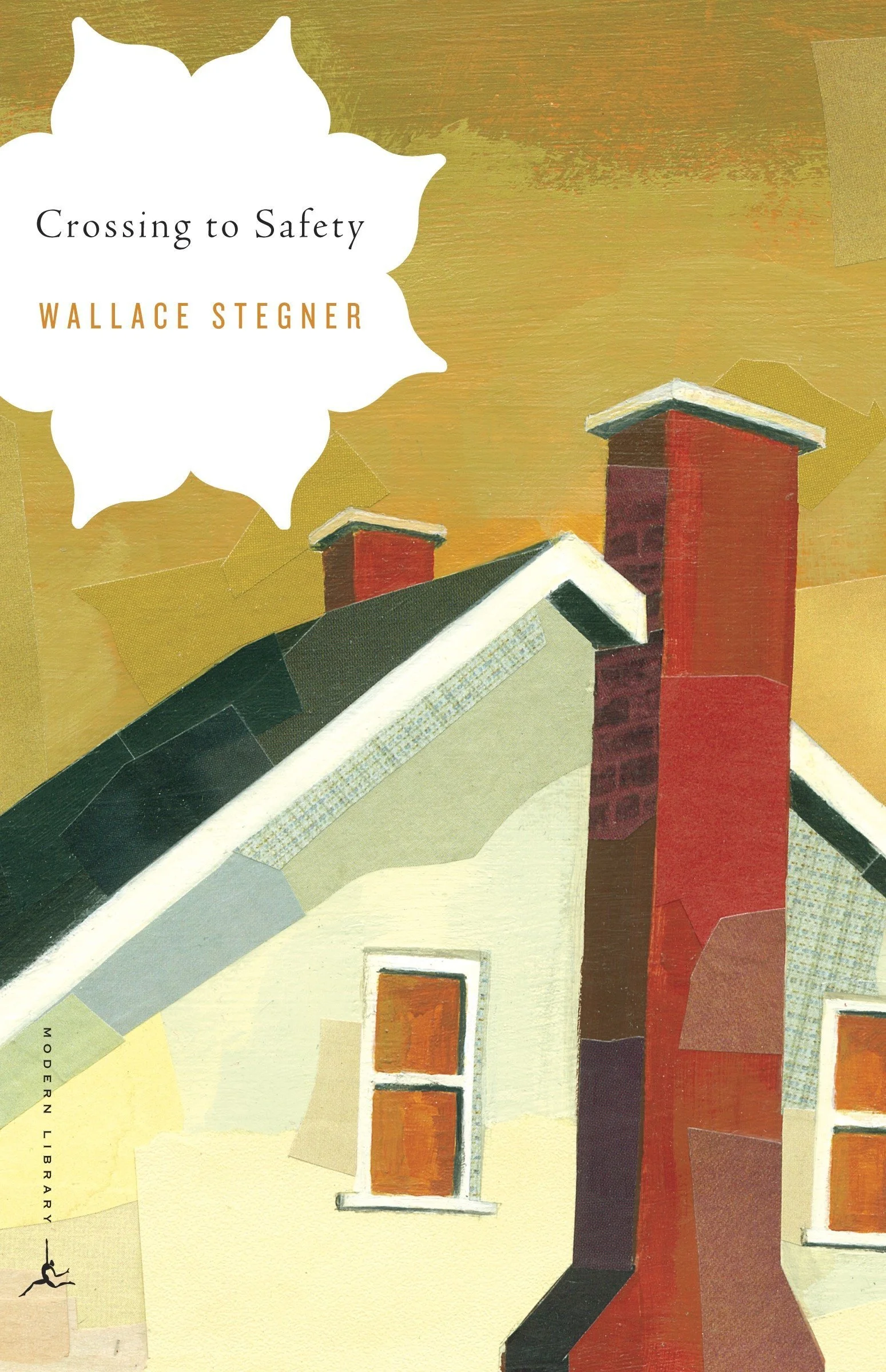Crossing to Safety
In his 1987 novel Crossing to Safety (Modern Library), Wallace Stegner has given us a richly textured, deeply felt story of friendship and marriage. Specifically, it’s the semi-autobiographical story of two marriages and the friendships between them over the course of many long, winding years.
It’s a nuanced, layered story about wild-eyed hope, and naive commitments, and ambitious plans—and about what happens when life intervenes.
It’s a story about how friendships drift apart due to geography and vocation and temperament, as well as unforeseen cataclysms and untended wounds. It’s about the rifts that form because of what’s said and what’s left unsaid, what’s done and what’s left undone. And it’s about how none of that damage needs to be terminal, not necessarily.
It’s a book that sees longevity and faithfulness—especially with those few people who know us and love us and are given to our care—as maddeningly elusive and fraught, but absolutely worth the effort, so far as it depends on us.
“And so, by circuitous and unpredictable routes, we converge toward midcontinent and meet in Madison, and are at once drawn together, braided and plaited into a friendship. It is a relationship that has no formal shape, there are no rules or obligations or bonds as in marriage or the family, it is held together by neither law nor property nor blood, there is no glue in it but mutual liking. It is therefore rare. To Sally and me, focused on each other and on the problems of getting on in a rough world, it happened unexpectedly; and in all our lives it has happened so thoroughly only once.”
